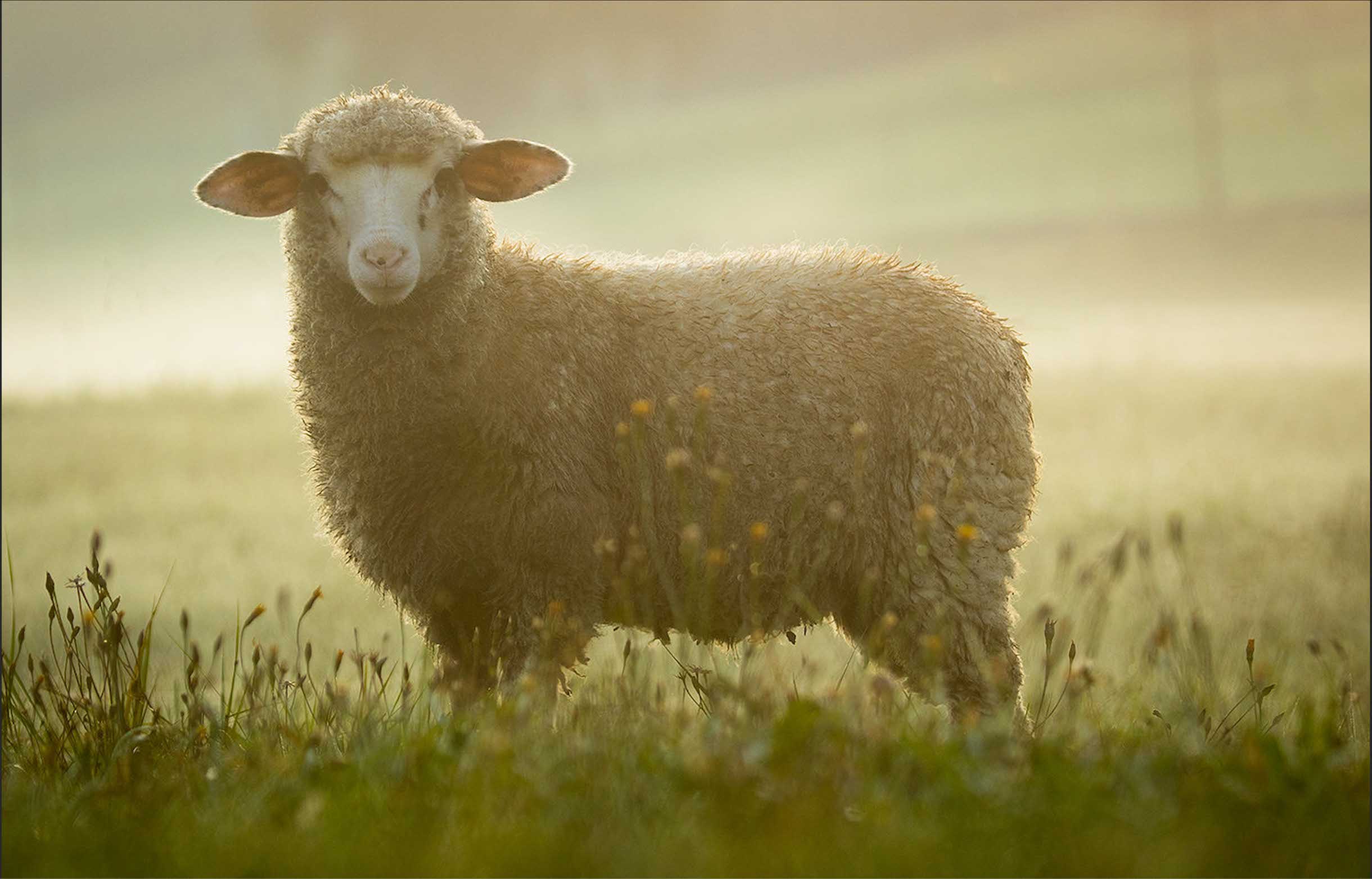Your cart is currently empty!

Perendale Sheep
History of Perendale Sheep

The Perendale breed was one of the numerous achievements of Sir Geoffrey Peren, the professor, the Principle, and the Chair of Agriculture at Massey Agricultural College. The school later became a part of Massey University in New Zealand.
Professor Peren took a major part in the creation of the breed by crossing Border Cheviot rams over Romney ewes. He continued to closely monitor the development of the Perendale breed.

The breed was developed post-World War II, in response to the declining production of Romney sheep and worsening soil conditions in the steep hills of North Island. The Perendale is a hardy dual-purpose sheep, which is well adapted for the mild and rainy oceanic climate.
Perendale Sheep Farming
The Perendale is a prolific breeder with excellent mothering skills, parasite resistance, thriftiness, and meat quality. Being a cross-breed, Perendale sheep have characteristics that vary between Cheviot and Romney.

The breed is medium in size with adult ewes averaging 120-150 lb and rams 200-250 lb.
A cross with Merino produces exceptional offspring. The mature body weight of a ram is 220-260 pounds and a ewe – 120-150 pounds. The animals are easy to farm as they have a good predisposition, high fertility, and excellent maternal instinct. Dogging or excessive noise is not required in handling these sheep.

Fleece
Ewe wool is super white in color. The fleece is 28-37 microns in diameter with fine and regular crimp. The annual sheering produces a staple measuring 100-150 mm (~4-6 in) in length. The fleece weight is 3.0-4.5 kg (6.6-10 Lb). The fiber is perfect for spinning and felting. It is excellent for beginners.

The fiber is low in luster, springy and crisp, but not harsh. It is free of kemp and black fibers. Although tensile soundness is an important characteristic of wool, the Perendale wool may be tender due to the low in nutrients vegetation under the harsh farming conditions of New Zealand’s hill country.

Perendale wool is bouncy. And the spun fibers have a loft and spring to them. This characteristic of wool is different from the compact and sleep fibers of most English longwools. The lofty quality adds warmth to garments or cushioning quality to rugs and upholstery.

The fleece with very fine crimp can be spun lightly to produce bulky garments with shape retention and good insulation properties. A tighter spin produces a round and hard-wearing yarn with the same properties. A true worsted yarn that is smooth and dense cannot be produced from Perendale fleece.
References:
- Teara; The Encyclopedia of New Zealand. Story: Peren, Geoffrey Sylvester. [Internet]. [cited 2022 Mar 29]. Available at: https://teara.govt.nz/en/biographies/4p8/peren-geoffrey-sylvester
- North American Perendale Association. [Internet]. [cited 2022 Mar 29]. Available at: https://perendale.org/perendale-characteristics/
- Association of New Zealand. Perendale – a spinner’s notes. [Internet]. [cited 2018 Sep 9].
- The Spinning Loft. Perendale. [Internet]. [cited 2014 Sep 14].
- Perendale Sheep Society of New Zealand. The Perendale… [Internet]. [cited 2014 Sep 14].
- Perendale Sheep Breed Information. [Internet]. [cited 2014 Sep 14].

Leave a Reply